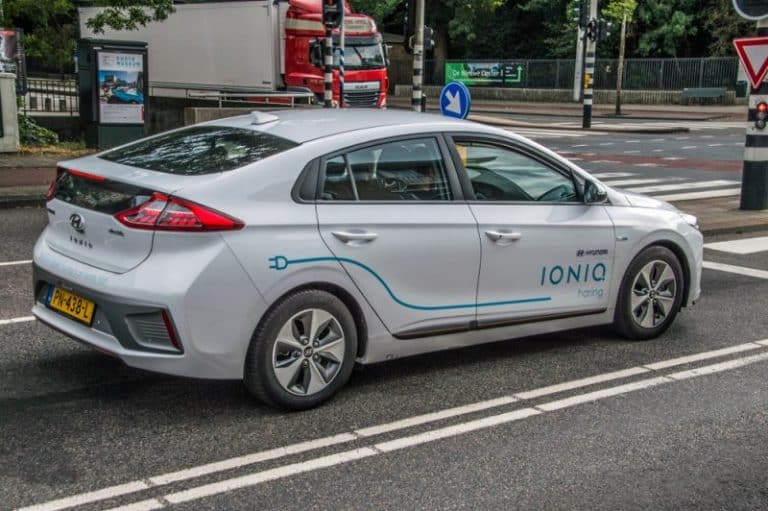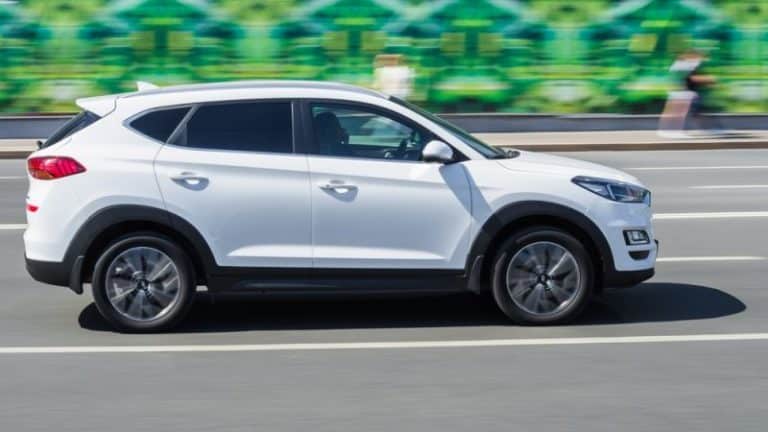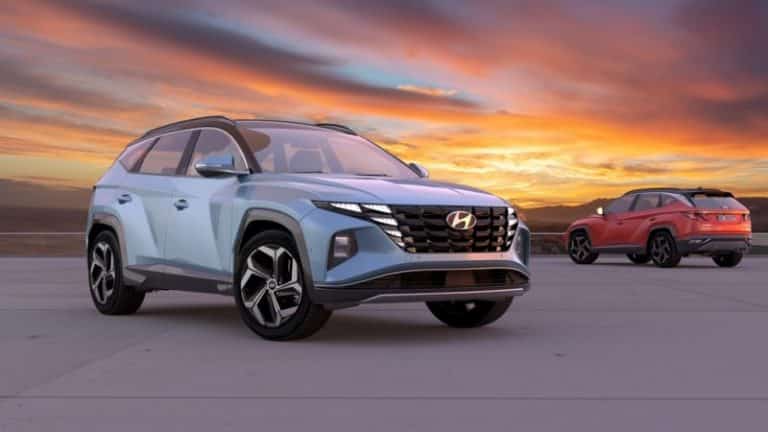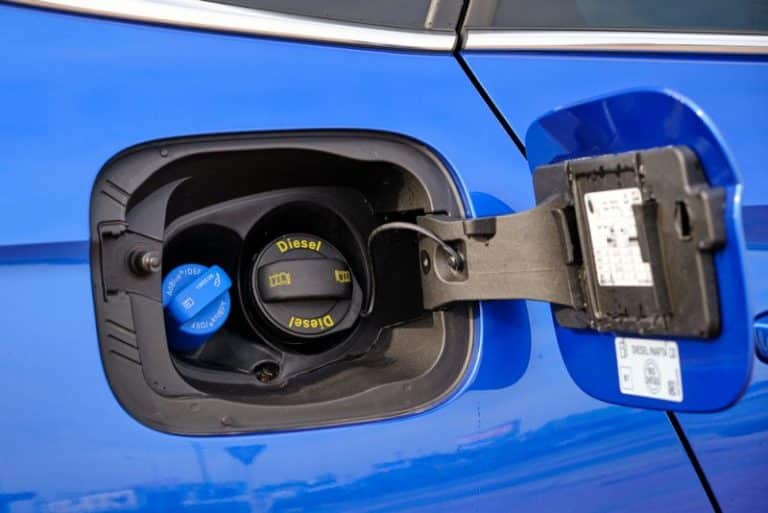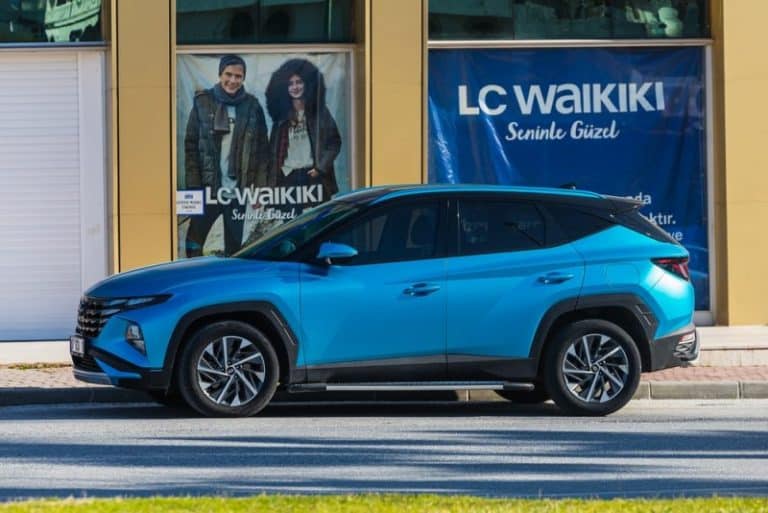Does Hyundai Kona Have 4 Wheel Drive? (Let’s See)
A 2-wheel-drive, 4-wheel-drive, front-wheel-drive, and all-wheel-drive – these terms can be confusing at times, especially when you don’t know jack about cars.
What’s the difference between them? Which one does a Hyundai Kona possess?
At the end of this article, you will be sure which drivetrain the Toyota Hyundai has and if you can drive it in the snow.
The Hyundai Kona vehicles do not have a 4-wheel-drive system. On the contrary, it has a front-wheel-drive system. Further, some models of the Hyundai Kona come with optional all-wheel-drive variants. These models are the Hyundai Kona models SE, N Line, SEL, and Limited trims.
Is the Hyundai Kona 4-Wheel-Drive?
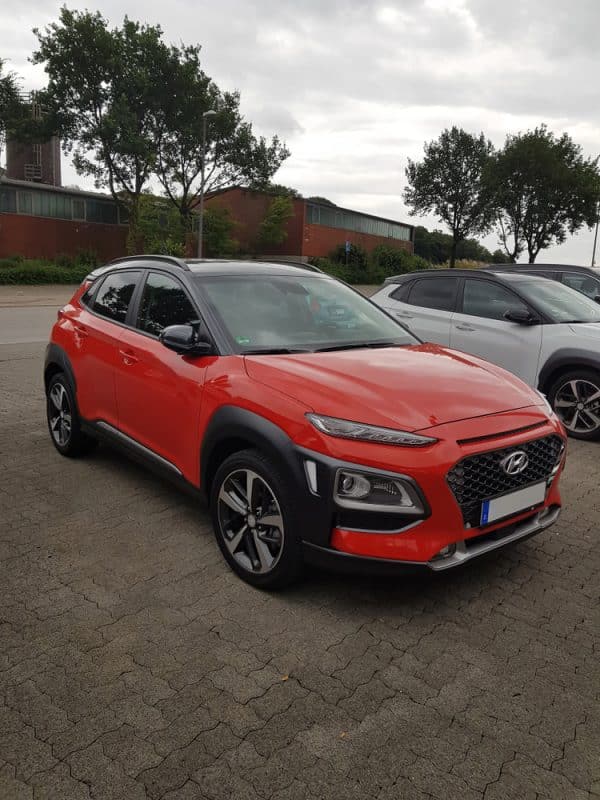
The Hyundai Kona is not a 4-wheel-drive. Instead, this vehicle is front-wheel-drive, with some models having an all-wheel-drive option.
For example, the Hyundai Kona models SE, N Line, SEL, and Limited trims have all-wheel-drive options available in addition to the standard front-wheel-drive models.
Are All-Wheel-Drive and 4-Wheel-Drive the same?
All-wheel drive and 4-wheel-drive may seem the same to people unfamiliar with car concepts. But, even though there are similarities, there are also subtle differences between the two.
Please read below to see details of their differences.
#1. All-Wheel-Drive
All four wheels are independent in this drivetrain, gaining traction independently, and the system is always on. You cannot toggle it on and off, unlike the 4-wheel-drive.
The all-wheel-drive system is found mainly in SUVs and cars. The all-wheel-drive system makes the handling of vehicles easier and offers better traction.
#2. Four-Wheel-Drive
The 4-wheel-drive system only functions part-time so that you can switch it on and off. You can find it in trucks and other heavy-duty vehicles.
In the four-wheel-drive system, all four wheels receive torque and traction simultaneously. It is switched on mostly for low traction conditions such as off-road, snow, and ice.
Pros and Cons of 4-Wheel-Drive
Driving a 4-wheel-drive vehicle has its advantages and disadvantages. Here are some pros and cons of the 4-wheel-drive.
#1. Pros
The advantages of the 4-wheel-drive include:
- The four-wheel drive offers additional traction during low traction conditions like rainfall, snow, ice, rocks, etc. However, these conditions make the control and maneuverability of the vehicle difficult.
- The four-wheel-drive system is also great for off-road commutes.
#2. Cons
The disadvantages of the 4-wheel-drive include:
- The 4-wheel-drive setup uses more fuel and is expensive to maintain.
- 4-wheel-drive vehicles are more expensive than front-wheel drive and 2-wheel drive cars.
- The 4-wheel-drive system makes drivers overconfident. That can lead to preventable accidents.
Can Hyundai Kona Drive in Snow?
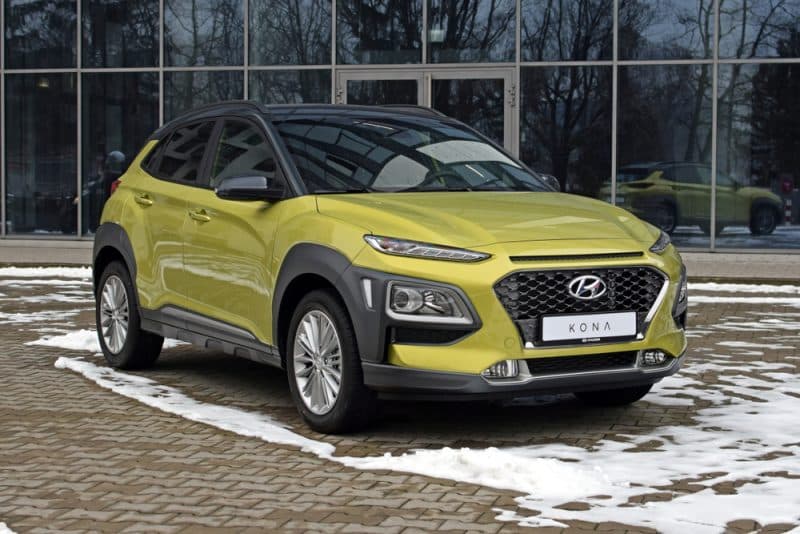
The Hyundai Kona is suitable for driving in the snow. The all-wheel-drive model does well in the snow and other rugged terrains like rocky, sandy, and muddy terrains.
If you live in a snowy environment or regularly drive through snow, then the Hyundai Kona is superb. The following features make snow driving possible.
The all-wheel-drive model of the Hyundai Koda is suitable for snow driving. This drivetrain is available on the N-Line, SE, SEL, and the Limited trims.
In addition, the all-wheel-drive provides additional traction, which helps you drive through slippery snow.
The Hyundai Kona incorporates many safety systems that enable you to drive in the snow. They include the following:
#1. Electronic Brake Force Distribution System
The electronic brake force distribution system is a sophisticated braking system that equally distributes the brake force to all four wheels.
It helps steer the vehicle better, assists in handling, and keeps the brakes from locking. It is one of the most outstanding developments in modern cars.
By equally distributing the braking force to all four wheels, it increases the wheels’ grip on the ground.
Additionally, it optimizes the efficiency of the brakes and reduces the distance the car needs to make a stop.
If there is a chance for one wheel to skid, the braking force applies to the wheel with better traction while keeping the car stable.
#2. Anti-Lock Braking System
This system prevents the wheels from locking up when the braking force is tremendously heavy. Therefore the tires maintain their grip on the road.
Furthermore, if the vehicle wheels are locked up, there will be no traction because the tires are restricted to a particular position.
As a result, the driver won’t be able to maneuver the car safely.
#3. Auto-Hold
The auto-hold feature maintains your Hyundai Koda in a halt when on a snowy slope, even when you don’t use the brakes.
When your car is not in use, and it’s on a snowy slope, you can use the auto hold button, and your car tires will maintain a sturdy grip on the snow.
#4. Electronic Stability Control
Electronic stability control is an essential feature that makes driving in the snow possible. This feature has saved many lives, especially when you are driving in extreme weather.
However, it’s important to note that the cruise control is disabled when the electronic stability control is on.
When your wheels lose traction with the snow, the electronic control system is activated. It then maneuvers the car toward your steering so that better traction is maintained.
You should never turn off the electronic control system when driving in the snow. It is a lifesaver.
#5. Vehicle Stability Management
This system usually integrates into the electronic control system. It guarantees that your car remains stable when you apply the brakes suddenly or during hard acceleration on slippery snow.
#6. All-Wheel Drive Lock Mode
When the snow is slippery, the all-wheel-drive lock mode becomes activated. That sends more torque to the rear wheels to have a better grip.
#7. Hill-Start Assist Control
This feature assists the Hyundai Kona in having better traction when moving up slippery snowy slopes. Climbing a slippery slope with snow will be impossible without this feature.
Additionally, this system automatically applies the brakes for two seconds and releases them when you give it gas or after five seconds.
#8. Downhill Brake Control
Under normal circumstances, steering and braking simultaneously are usually the focus when you’re driving downhill.
However, you only need to focus on steering with this outstanding system.
This electrical system assists you with the braking. Note that this system will not function if you turn off the engine.
Hyundai Kona’s Ground Clearance
One of the most important features you must not neglect is the ground clearance when you want to buy a vehicle to drive in the snowy terrain.
As the name implies, the ground clearance is the distance between the ground and the chassis.
Cars with a high ground clearance hardly get stuck in the snow. Therefore, the vehicle’s underbelly rubbing against the snow has a lesser risk.
The standard for ground clearance is 8 inches and above. However, at 6.7 inches of ground clearance, the Hyundai Kona does pretty well in the snow.
You can also boost your Hyundai Koda snow driving powers by installing snow tires and chains. They help provide the car with a better grip on the snow.
Final Thoughts
The Hyundai Kona is a front-wheel-drive car. However, the SE, N Line, SEL, and Limited trims have all-wheel-drive options available in addition to the standard front-wheel-drive.
Furthermore, cars with all-wheel-drive come in handy during low traction conditions like snow.
Therefore, the Hyundai Kona models with all-wheel-drive drivetrain are excellent in the snow.

